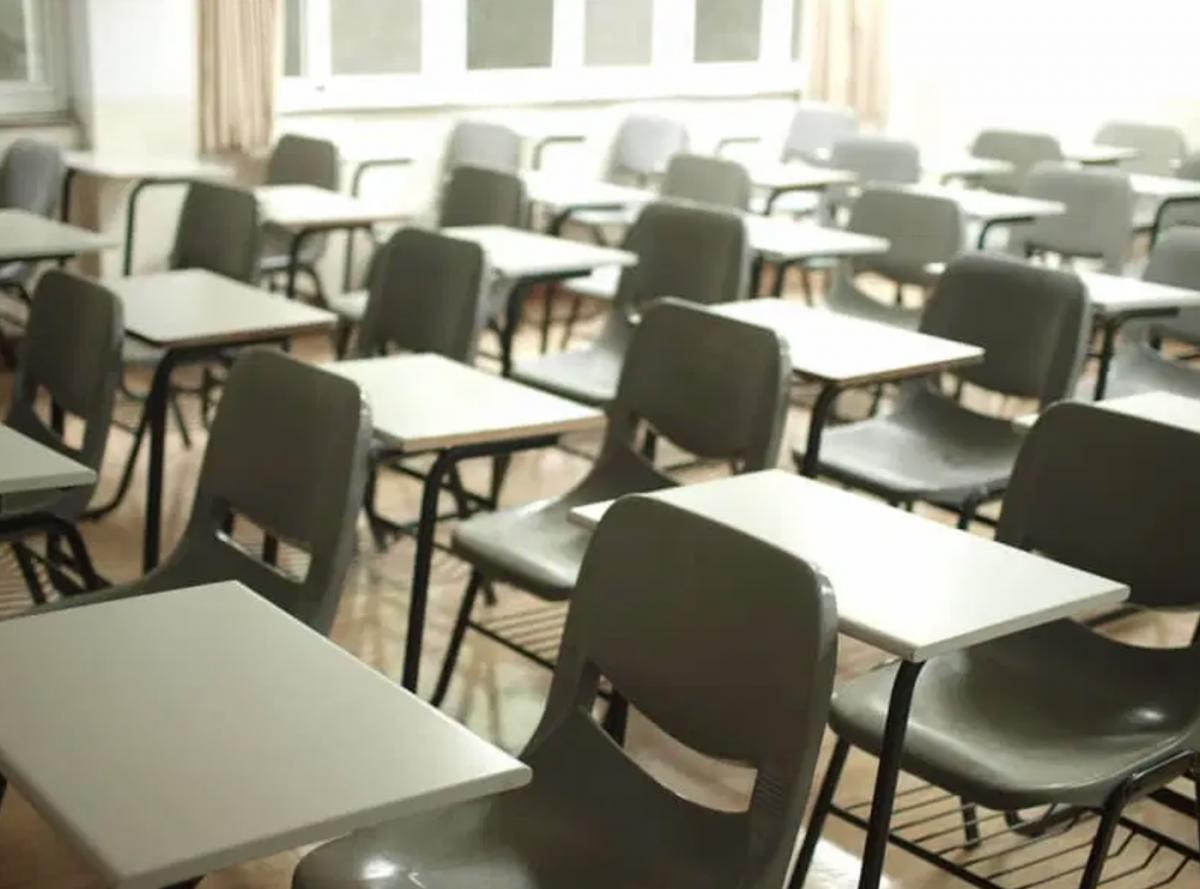Maryland’s State Board of Education passed a resolution Tuesday directing all schools to return to in-person learning for a full 180-day school year starting this fall.
Any exemptions would require state board approval. And the board would be able to revisit the resolution if the COVID-19 pandemic worsens, said Clarence Crawford, the state school board’s president.
According to State Superintendent Karen B. Salmon, 11 school systems are open for 70% of their students for more than three days per week and five school systems are open for less than 40% of their students, for mostly two days a week.
In the largest five school districts — Anne Arundel, Charles, Montgomery and Prince George’s counties and Baltimore City — which account for 65% of Maryland students, only about 32% are receiving in-person instruction, Salmon added.
“That’s way too many students who have not had, or don’t have currently, access to a normal classroom learning experience now for more than a year,” Salmon told board members. “It may be a very long time before we know the true impact of the pandemic on public education.”
Board members agreed that requiring teachers to teach both in-person and virtually was unsustainable. Teachers should not have a continued expectation to teach in a hybrid model next year, board member Susan Getty said. “Our teachers are fatigued, frustrated and looking for the end that’s in sight,” Getty said.
Lori Morrow, the parent representative to the board, said she worried that the resolution was worded with a “negative tone” that “is almost a threat” to certain school districts over others.
Additionally, the resolution was not on the board’s published agenda, which board member Rachel McCusker, the teacher member of the board, raised as a concern. “I believe that we are a public board who should have full transparency in anything that we discuss in our meetings,” she said. “I do believe things like they should have been put out to the public prior [to meetings].
Morrow said board members received the resolution only one day prior to the meeting. The resolution was uploaded to MSDE’s website late Tuesday afternoon.
However, Jean Halle, vice president of the board, said public comment was not necessary because requiring schools to reopen to in-person learning is simply reinstating existing policy and responds to the local school systems’ request for clearer guidance.
“This is really about equity. To have some students have access to an in-classroom experience and to have others not have access makes a huge difference in terms of … their academic outcomes,” Halle said.
Unlike a mandate, the resolution “is a formal statement of the Board reaffirming existing state law and regulation,” said Lora Rakowski, spokeswoman for the Maryland State Department of Education.
None of the 24 local school systems were consulted about developing the resolution, said Mary Pat Fannon, executive director of the Public School Superintendents’ Association of Maryland.
Cheryl Bost, president of Maryland State Education Association, the largest teacher union in the state, said she thought the resolution was unnecessary.
“I found it grandstanding on the part of the state superintendent,” Bost said. “All of our schools are working hard to open up schools in full in the fall.”
The state school board also approved a motion to request a waiver from the U.S. Department of Education to postpone federally mandated English and math assessments until fall and to not require science assessments.
Baltimore, Frederick and Howard counties school systems provided written comment that they supported the waiver.
If approved, students will take shorter diagnostic tests, with the English section lasting 2 hours and 20 minutes and the math section lasting 1 hour and 20 minutes. MSDE had initially proposed standardized tests in the spring that could take up to more than seven hours, but changed course when concerns arose that standardized testing this spring would take too much instructional time that students have lost during the pandemic.
The board was also briefed on the Blueprint for Maryland’s Future, a sweeping education reform bill that was enacted without the signature of Gov. Lawrence J. Hogan Jr. (R) earlier this month.
“It is a very time intensive process,” Salmon said of the 10-year Blueprint implementation timeline. “We’re working very hard every day to plan and try to have the structure to get this work done but it is very, very burdensome.”
Presiding officers of the General Assembly and Hogan have yet to select people for a nominating committee that will be responsible for selecting seven members of a new Accountability and Implementation Board. The board is responsible for developing the Blueprint implementation plan and has authority over the Maryland State Department of Education, if they come into conflict.
Senate President Bill Ferguson (D-Baltimore City) is finalizing appointees and will announce them “soon,” said his chief of staff, Yaakov “Jake” Weissmann. House Speaker Adrienne A. Jones (D-Baltimore County) and Hogan did not respond for comment.
While the state school board is figuring out how to implement the Blueprint with fidelity, it should also “begin to figure out how [they] will develop a working relationship with the [Accountability and Implementation Board],” Crawford said. “The better off both boards will be and … the children and the taxpayers of Maryland will be better served.”
It will also be important for MSDE to engage the community to ensure that families know what to expect from the Blueprint and to give local school systems the opportunity to participate in the implementation plan, said Shamoyia Gardiner, executive director of Strong Schools Maryland, a grassroots organization advocating for the Blueprint.
By Elizabeth Shwe




Write a Letter to the Editor on this Article
We encourage readers to offer their point of view on this article by submitting the following form. Editing is sometimes necessary and is done at the discretion of the editorial staff.